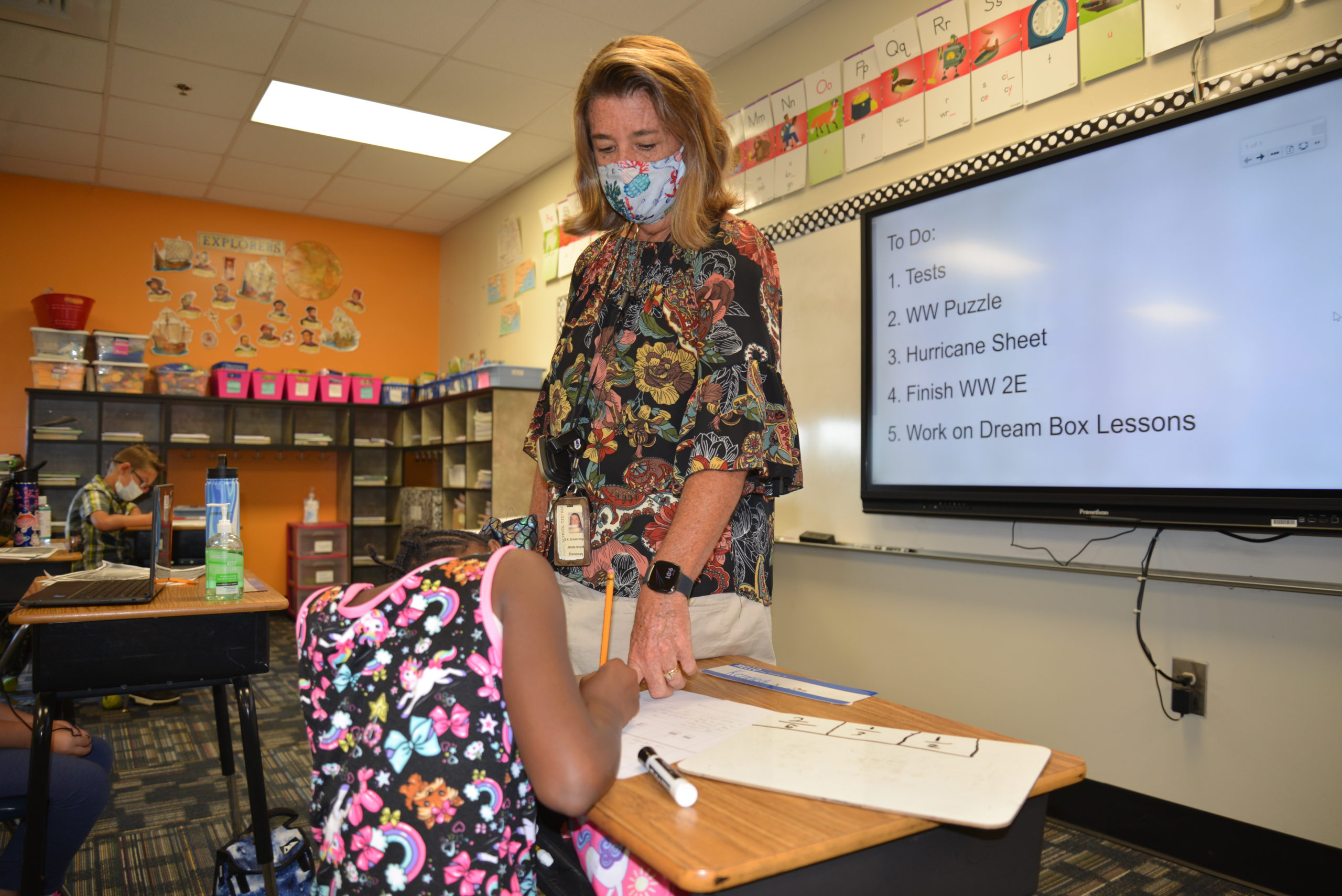District-Wide Culture Change: Literacy Tech Tools and Teacher Support
With endless meetings and “administrivia” you face daily, staying connected to the classroom experience isn’t easy. As more commercial technology makes its way into the classroom, supporting teachers and the thoughtful use of devices becomes extremely critical. The pandemic showed us teachers can rapidly adapt to an online learning situation, but the aftermath has been disjointed. Educators in a hurry to “return to normal” quickly stopped utilizing some of the new tools and strategies for engaging students with tech. Some of this is due to a motivation to return to the “good old days” but a majority is just due to the lack of support.
Carl Hooker has spent the past 24 years in education as a teacher and administrator focused on the thoughtful integration of technology and innovation in schools.
One thing he decided to do as an administrator early in his career was try to stay as connected to the classroom experience as much as possible. Here’s his story.
The Importance of Expectations from Leadership
There are some teachers, I call them “vanguard” teachers, who are willing to try just about any new thing you throw at them. Trying to figure out how to use ChatGPT in the classroom? No problem! These trailblazing teachers are necessary to successfully roll out new technology or tools. However, not every teacher is onboard with trying new things, especially around technology.
Case in point: We had two middle school campuses in our district. These campuses were similar when it came to demographics, devices, and support. However, one campus excelled with technology use while the other struggled mightily. What was the key difference? Expectations from campus leadership.
In one school, the principal told all staff she expected them to use the technology regularly and each teacher was expected to bring it to meetings and have it out during class. She then modeled the use of it during her faculty meeting to show how invested she was in the program. The other campus was another story.
On the other middle school campus, the devices were met with a cold shoulder. The principal there stated, “The district is making it mandatory to use the devices” but then failed to mention any of his own expectations. He essentially said, “I don’t care if you use them or not.” With no expectations of use, most teachers neglected the devices and made the students put them away. By showing a lack of support, the principal set back the campus a couple of years. The damage was done. During the next several years, we threw all sorts of support and training at that campus in a hope to accelerate the use of the program, but ultimately a leadership change and increased expectations helped.
Beyond Critical: Having a Team Available to Provide Support
Teachers have limited time and resources at their disposal to truly try new things with tech. In my former district (Eanes ISD, Austin, Texas), we employed an amazing team of educational technologists (Ed Techs) who researched, modeled, and supported the use of technology with learning.
They were there to help troubleshoot any issues with the technology and to help teachers discover new and exciting ways to increase student engagement in learning with technology. Having a “tech coach” on each campus not only offered support to the teachers, but it showed leadership and the community how serious we were about integrating devices into the everyday classroom.
This team would help meet the teachers where they were with just-in-time support. If an issue arose with a log-in or device, it didn’t take weeks to be resolved. This made teachers believe the technology would be more reliable. This comfort in knowing they would be supported helped remove many roadblocks to their own creativity.

We would host “Appy Hours” after school to learn about new tools over ice cream. There were “lunch n’ learns” during lunch breaks to help discuss and showcase some new strategy. Like most schools, we had professional learning in the summer, but unlike most schools, we could build off what they learned during the summer by utilizing this amazing team of Ed Techs.
With the obstacle of teacher support removed, many educators felt comfortable trying new things in their classrooms. However, what put us over the top when it came to high-quality, blended learning and the use of technology was the support and expectations of the campus administrator.
Want to learn more about technology and classrooms? Listen to Hooker’s All for Literacy podcast interview, where he walks through the thoughtful integration of technology into classrooms and schools. Are educator jobs being replaced by technology? Or, is technology a powerful tool that must be integrated into classroom instruction? Explore the hot-button issue of artificial intelligence tools like ChatGPT and their place in the classroom. Listen now.







